Report this entry
More from the same community-collection
Alfred and Annie Kleyhauer with Maderistas, May 11, 1911
On the day after the Battle of Ciudad Juarez, May 11, 1911, ...
Alfred Kleyhauer with Maderista, May 11, 1911
On the day after the Battle of Ciudad Juarez, May 11, 1911, my ...
Polo Real Meet and Greet Party at Ben Bridge Jewelers
Meet and greet for the yearly Polo Real event held in Ben Bridge ...
Polo Real Meet and Greet Party at Ben Bridge Jewelers
Meet and greet for the yearly Polo Real event held in Ben Bridge ...
Polo Real Meet and Greet Party at Ben Bridge Jewelers
Meet and greet for the yearly Polo Real event held in Ben ...
Polo Real Meet and Greet Party at Ben Bridge Jewelers
Meet and greet for the yearly Polo Real event held in Ben Bridge ...
Polo Real Meet and Greet Party at Ben Bridge Jewelers
Meet and greet for the yearly Polo Real event held in Ben ...
Polo Real Meet and Greet Party at Ben Bridge Jewelers
Meet and greet for the yearly Polo Real event held in Ben Bridge ...
Polo Real Meet and Greet Party at Ben Bridge Jewelers
Meet and great for the yearly Polo Real event held in Ben Bridge ...
Polo Real Meet and Greet Party at Ben Bridge Jewelers
Meet and greet for the yearly Polo Real event held in Ben ...
Myrtle Cooper Elementary School - El Paso, Texas
Myrtle Cooper Elementary School opened in 1987 as a PK-8 ...
Kleyhauers and Friends by Juarez Jail, May 11, 1911
On the day after the Battle of Ciudad Juarez, May 11, 1911, my ...
O'Shea Keleher Elementary School - El Paso, Texas
El Paso Poor Farm was established in the valley in 1915 under ...
Annie Kleyhauer with Female Maderista, May 11, 1911
On the day after the Battle of Ciudad Juarez, May 11, 1911, my ...
Child with two rebel fighters, May 11, 1911
On the day after the Battle of Ciudad Juarez, May 11, 1911, my ...
Robert R. Rojas Elementary School
Robert R. Rojas Elementary School is named after former trustee, ...
Woman and man Maderistas posing in Juarez, May 11, 1911
On the day after the Battle of Ciudad Juarez, May 11, 1911, my ...
Clowning for Photographer, May 11, 1911
This is one of my favorites--a group of Maderistas clowning ...
Group of Maderistas, May 11, 1911 in Juarez
This is a group of Maderistas posing for my grandfather to take ...

















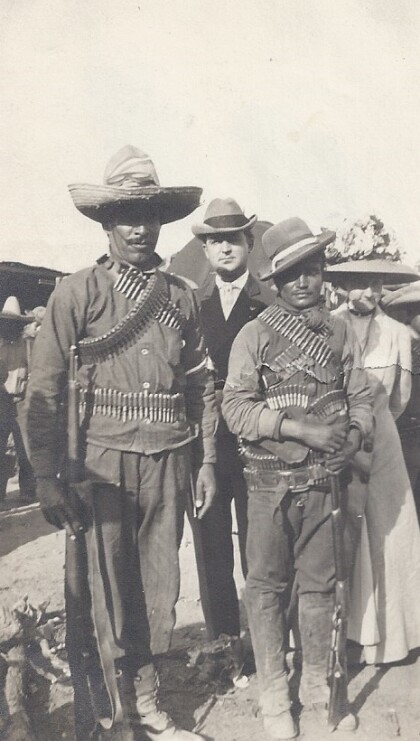
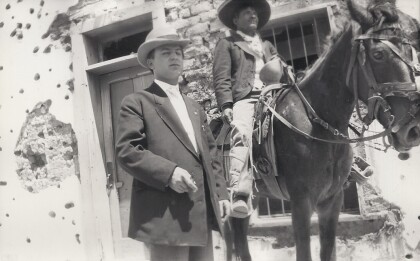






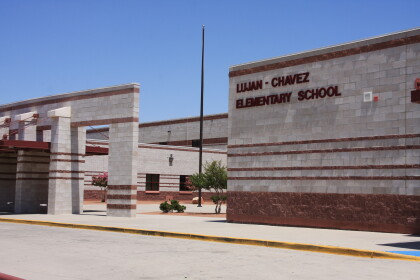
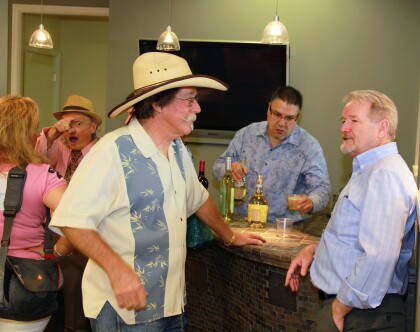

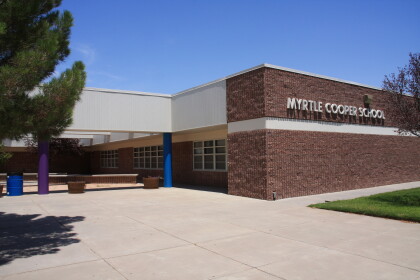
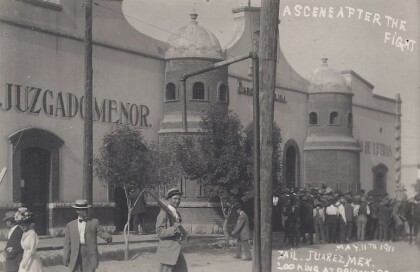
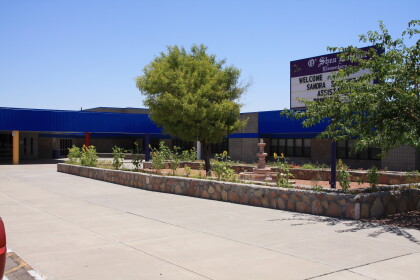
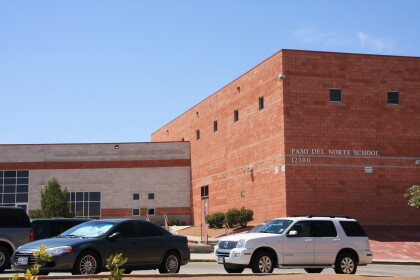
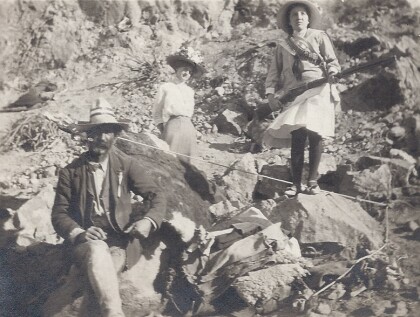
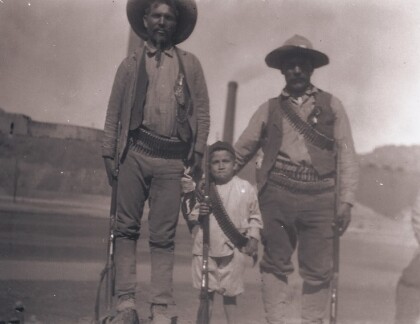
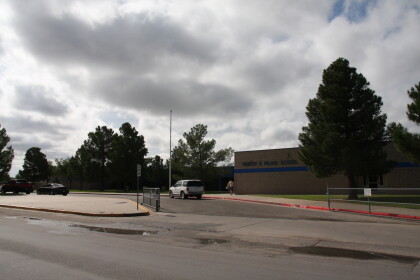
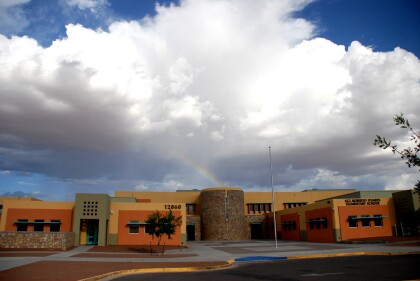
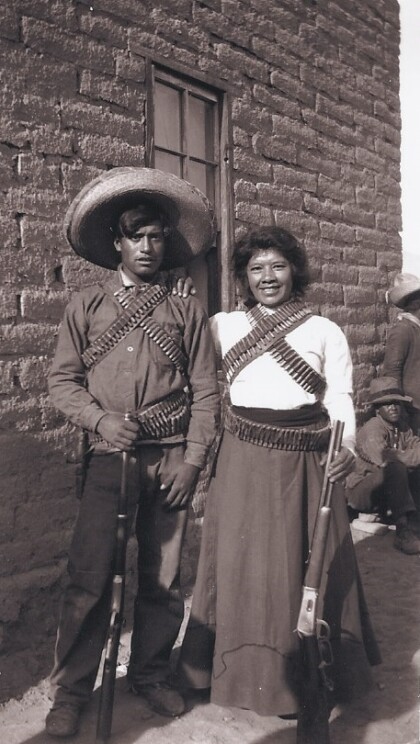
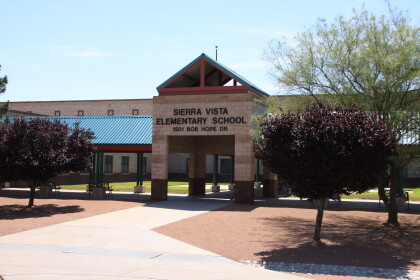
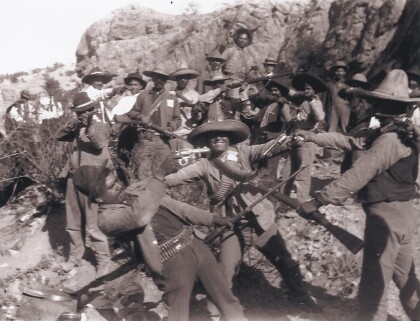
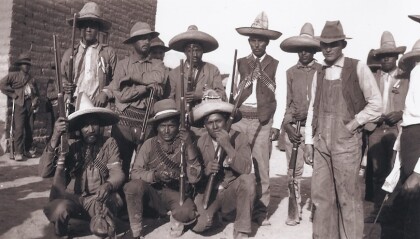
Comments
Add a comment